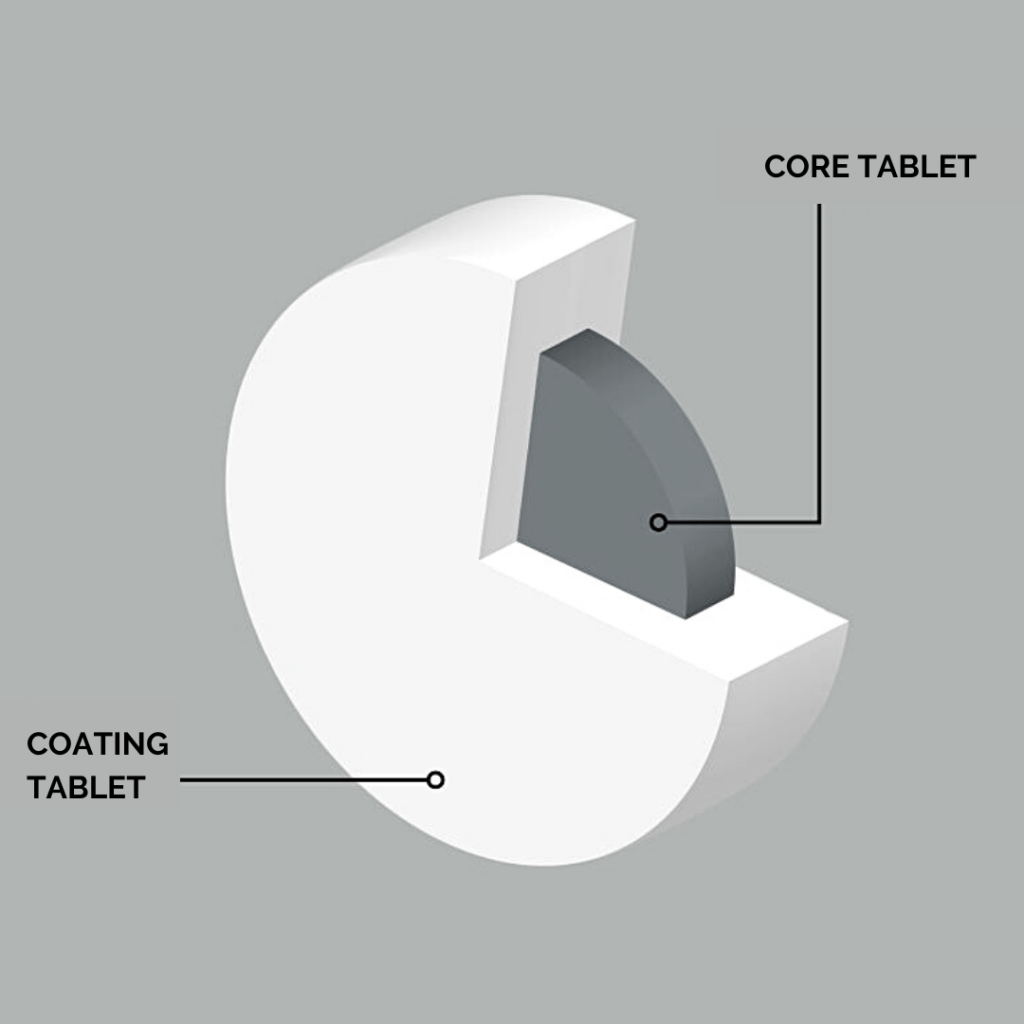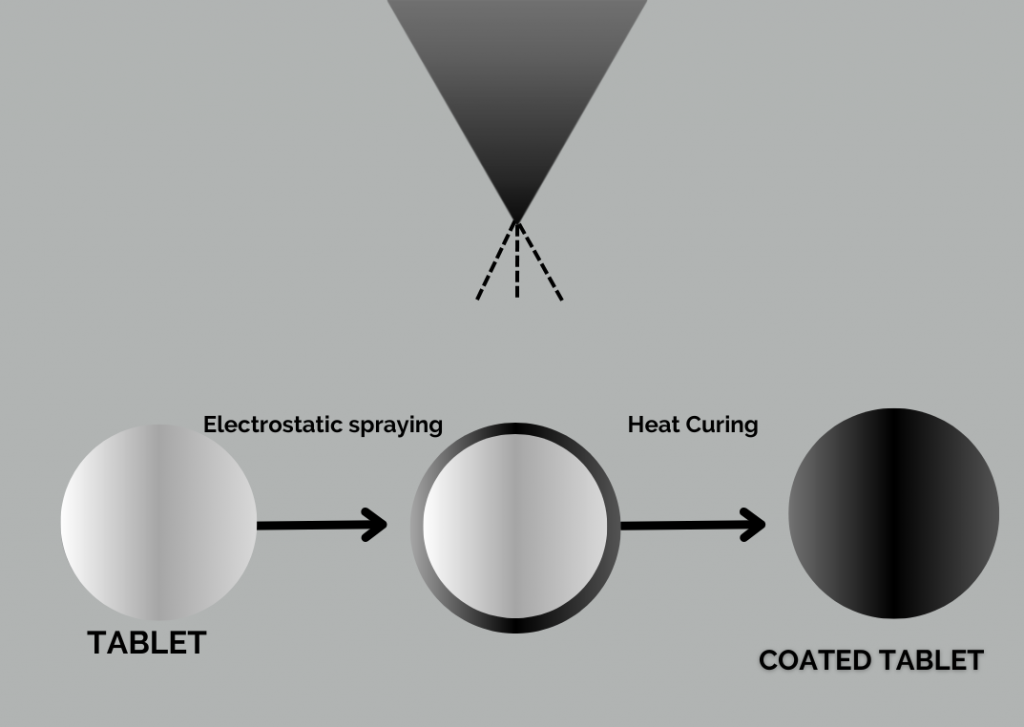The top 10 pharmaceutical businesses in the world during the past five years have achieved profit margins of up to 43%, an astounding ratio for any company in any industry. A significant portion of this comes from medication tablet sales. As a result, every aspect of a particular tablet, including the active substance, excipients, general flavour, and ease of use, must be considered. Due to its impact on these qualities, tablet coating in particular needs to be taken into consideration.
To provide a dosage form certain advantages over an uncoated variant, a coating substance is placed to the surface of the dosage form in the process of coating tablets. Different oral dosage forms, such as particles, powders, granules, crystals, pellets, and tablets, can have coatings put to them.
The art of former times has given way to more modern, tightly regulated coating methods that make it easier to adhere to good manufacturing practices (GMPs). Products have improved as a consequence of the creation and accessibility of novel coating materials, knowledge of how coated dosage forms release pharmaceuticals later, and improvements in equipment design.
Let’s drive into the different technological developments in tablet coating
Latest Advancement in Coating Technology:
COMPRESSION COATING:
This tablet is made up of parts such as an inner core and a surrounding coat. A little porous tablet stacked on a tower serves as the core. In each other turret, a bigger die cavity is utilized for the creation of the last tablet, into which the coat cloth is initially filled up to half, following which the middle tablet is moved robotically, filling the last cavity with coat fabric again and finally applying a compressive force. The coat is frequently water soluble and disintegrates easily after swallowing.
Preparation of Compression coating:
A precisely weighed amount of powder mixture was placed within the die and squeezed on a Carver Press (Wabash, IN) at a predetermined force with the tooling shown to produce a cup-shaped tablet.
The cup was placed in the die with a known quantity of the model drug and the drug-containing mixture inside, and it was gently tamped with the punch over a long period of time.
ELECTROSTATIC COATING:
In electrostatic powder coating, we spray powder across a region with a high electric field and a high free-ion concentration. As previously established, particles passing through this place are charged. Field power, powder particle size and shape, and the amount of time the particle spends within the charge region all have a substantial influence on charging.
FLUID BED COATING PROCESS:
Particulate material is coated, granulated, agglomerated, and dried in fluid bed processing. A fluidized bed is a bed of solid particles with a stream of air or gas traveling upward at a high enough pace to move the particles. Wave motion may be propagated, which opens up the possibility of enhanced mixing. The fluid bed can be used to coat particles for controlled release or flavor masking, to dry wet products, to agglomerate particles, to enhance flow qualities, and so on. The top spray, bottom spray, and tangential spray patterns of fluid-bed processes can be distinguished by the position/location of the spray nozzle. The bottom-spray (Wurster) technique is the most well-known fluid-bed coating process in the pharmaceutical sector.
DIP COATING PROCESS:
Dip coating is a well-known method of producing thin films for research purposes. Uniform films can be applied on either flat or cylindrical surfaces.
Dip coating process is divided into 3 stages :
- Immersion: The substrate is submerged in the coating material solution at a continuous, ideally judder-free pace.
- Dwell time: the substrate must be fully submerged and stationary for the coating material to adhere to the substrate.
- Withdrawal: The substrate is removed at a steady speed to minimize juddering. The thicker the coating substance that will be applied to the board, the faster the substrate is removed from the tank.
TOP SPRAY COATING PROCESS:
Despite the fact that the top spray fluid mattress technique is widely utilized for granulation, its application for coating is limited. Top spraying is the most efficient approach, with the highest capacity and the lowest capital cost. It might be utilized for a variety of flavor modifications, among other things. This approach alternative is frequently used in the food, feed, and chemical sectors since the film’s characteristic primarily assists to improve general management conditions.
BOTTOM SPRAY COATING PROCESS:
The bottom-spray approach is the most widely used fluid-bed technology for coating in the pharmaceutical business. Bottom-specific spraying’s functions are an air distributed plate and a partition that arranges fluidization of trash particles via the partition. The coating zone is targeted by the nozzle, which is mounted at the bottom of the product box.
CONCLUDING THE TOPIC:
Coating improves product quality. The coating is put to a dosage form that is already functioning. The drug’s bioavailability is controlled by the coating. Magnetically assisted impaction coating and electrostatic dry coating eliminate the majority of the dangers associated with solvent-based coating. Electrostatic dry coating necessitates the use of a certain powder coating composition. Electrostatic dry coating allows for the coating of tablets with different colors on either side, as well as printing on tablets with prescription dose shapes.


